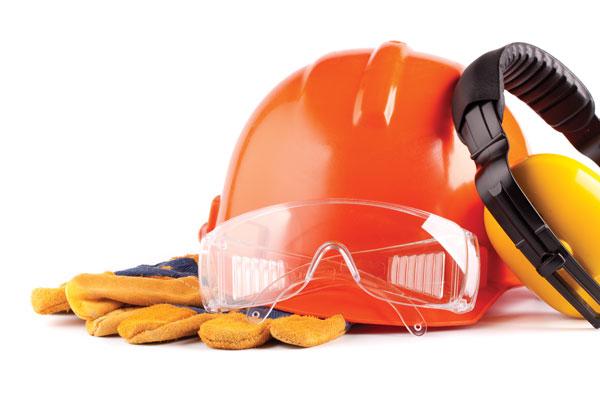- FMA
- The Fabricator
- FABTECH
- Canadian Metalworking
Keep Summer Students Safe
Summer student safety in the industrial workplace starts with understanding the risks
- April 28, 2014
- Article
- Management
Though it’s only May, it won’t be long until students are a common sight in the workforce doing all sorts of jobs from mowing lawns to running presses. One issue that arises at this time of year is that students don’t always have the working knowledge of safety procedures.
While sprains and strains are common work-related injuries for young workers, explosions and burns can also occur, depending on the workplace. There are way too many stories about students who are hurt on the first day on the job.
Unfortunately, an attitude exists among some employers that students are a temporary hire and they’ll be OK because they’re around for only two months. This is unacceptable in today’s world, with all the information, training, and other resources available. There is no excuse why anyone should get injured on the job.
Fortunately, a grassroots movement in Canada helps to prevent workplace injuries.
Parachute is a national charitable organization formed in July 2012 that unites the former Safe Communities Canada, Safe Kids Canada, SMARTRISK, and ThinkFirst Canada organizations into a leader in injury prevention. This organization leverages 80 years of combined injury-prevention experience.
According to Parachute CEO Louise Logan, young people between the ages of 15 and 24 are three times more likely to be injured on the job during the first month of employment.
Making machines safer and more efficient for young workers also is the goal of Darren Reid, whose company, 360 Guarding, Ajax, Ont., makes machine guarding, site-specific panels, posts, and doors for facilities which help prevent workers from contacting dangerous moving machine parts.
“Safeguarding is something that all employers have to think about, especially for our young workers who are our future,” said Reid. “It does not matter what the industry is, there are hazards in all of them. Safety has no finish line, and safeguarding should be looked at in the same way. If all of us do our part in helping with continuous improvements, including safeguarding, our industrial world will become a safer, healthier, and more efficient place.”
Logan offered several simple tips for employers, workers, and their families:
•Train young workers before they start working.
•Place operating instruction labels on machines.
•Have a mentor in place.
Under the Occupational Health and Safety Act, Canadian employers are required to take every reasonable precaution in the circumstances for the protection of workers. They also must ensure workers meet sector-specific minimum age requirements.
Employers also must ensure that equipment, materials, and protective devices are provided, used correctly, and in good condition. Workers must be provided with information, instruction and supervision, and personal protective equipment where required.
A copy of OHSA guidelines also must be posted in the workplace.
Why Safety Matters
In addition to jeopardizing the health and well-being of workers, Canadian employers that disregard safety are subject to criminal liability.
Bill C-45 established new legal duties for workplace health and safety and imposed serious penalties for violations that result in injuries or death. The bill provides new rules for attributing criminal liability to organizations, including corporations, their representatives, and those who direct the work of others.
This also has to be held up in the workforce.
If you see a student doing something that he or she shouldn’t be doing, you need to stop them and give them the correct information on how to perform the task in a safe manner. No one wants to phone a mother or father and tell them their child has been hurt on the job.
Students usually just want to do a good job and make a few dollars to help with schooling and other responsibilities. Help them do it in a safe manner.
Jack Rubinger contributes to safety blogs and publications worldwide.
subscribe now


Keep up to date with the latest news, events, and technology for all things metal from our pair of monthly magazines written specifically for Canadian manufacturers!
Start Your Free Subscription- Trending Articles
- Industry Events
MME Winnipeg
- April 30, 2024
- Winnipeg, ON Canada
CTMA Economic Uncertainty: Helping You Navigate Windsor Seminar
- April 30, 2024
- Windsor, ON Canada
CTMA Economic Uncertainty: Helping You Navigate Kitchener Seminar
- May 2, 2024
- Kitchener, ON Canada
Automate 2024
- May 6 - 9, 2024
- Chicago, IL
ANCA Open House
- May 7 - 8, 2024
- Wixom, MI















